Tech
Mastering Your Apple ID: Guide to Resetting a Forgotten Password or Recovering Your Account
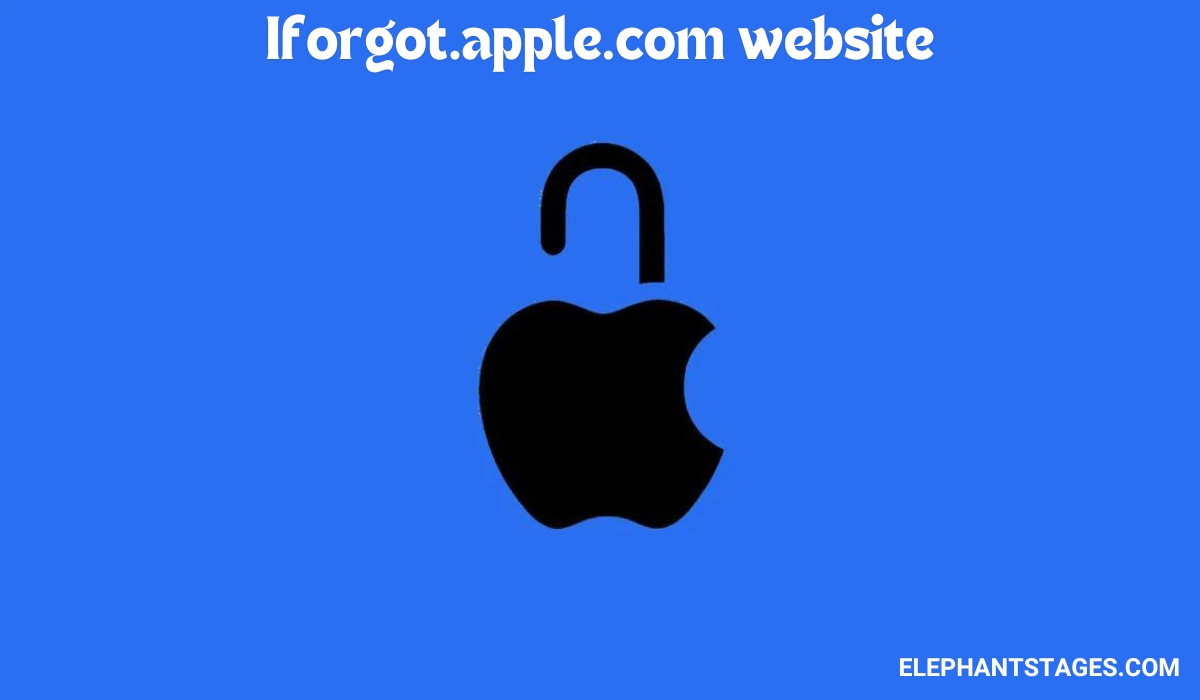
Losing access to your Apple ID can be an unnerving experience. Your Apple ID is the gateway to a plethora of Apple services, including the App Store, iCloud, iTunes, and more. If you’ve forgotten your Apple ID password or need to recover your account, don’t despair. This comprehensive guide will help you navigate the process using various methods, ensuring you regain access without a hitch. We’ll walk you through the steps on both trusted devices and borrowed ones, as well as explain how to use the iforgot.apple.com website.
Understanding Your Apple ID Iforgot.Apple.Com Website
What is an Apple ID?
An Apple ID is a unique account that allows you to access Apple services. This single identifier is your key to the Apple ecosystem, making it essential for logging in to services such as iCloud, the App Store, and Apple Music. Simply put, your Apple ID is your digital passport within the Apple universe.
Services Linked to Your Apple ID
Your Apple ID grants you access to a wide range of services:
- App Store: Purchase and download apps.
- iCloud: Store and sync your data across Apple devices.
- iTunes: Buy and stream music, movies, and TV shows.
- Apple Music: Enjoy a vast library of songs and curated playlists.
- Apple Books: Buy and read books and audiobooks.
- Apple Pay: Make secure payments using your devices.
Keeping your Apple ID secure is crucial because it ties together all these services, making your digital life more cohesive and convenient.
Resetting a Forgotten Password on a Trusted Device
Using an iPhone or iPad
If you have access to a trusted iPhone or iPad, resetting your forgotten Apple ID password is straightforward:
- Access Settings: Open the Settings app on your device.
- Tap Your Name: At the top of the screen, tap your name to access Apple ID settings.
- Sign-In & Security: Navigate to “Sign-In & Security.”
- Change Password: Select “Change Password.”
- Follow Instructions: Follow the on-screen instructions to reset your password.
This method is quick and ensures that you can regain access to your Apple ID with minimal hassle.
Using a Mac
Mac users can also reset their password easily:
- Open System Settings: Access System Settings (or System Preferences) on your Mac.
- Sign in with Your Apple ID: Click on the option to sign in with your Apple ID.
- Forgot Password?: Select “Forgot Password?”
- Enter Apple ID: Enter your Apple ID or the email address associated with it.
- Follow Instructions: Follow the on-screen instructions to reset your password.
Using a Mac ensures you can resolve your password issues without needing to access another device.
Resetting Your Password Without a Trusted Device
Using the Apple Support App on a Borrowed Device
If you don’t have access to your own device, you can borrow one from a friend or family member:
- Borrow a Device: Use an iPhone, iPad, or iPod touch from someone you trust.
- Download Apple Support App: If not pre-installed, download the Apple Support app from the App Store.
- Open Support Tools: Launch the app and navigate to “Support Tools.”
- Reset Password: Tap “Reset Password.”
- Different Apple ID: Select “A different Apple ID” and enter your own Apple ID or email address.
- Follow Instructions: Follow the on-screen instructions to reset your password.
This method is convenient if you’re away from your trusted devices but still need to regain access to your Apple ID.
Using Account Recovery Through iforgot.apple.com
The iforgot.apple.com website is an invaluable resource for resetting your password:
- Visit iforgot.apple.com: Open your browser and go to iforgot.apple.com.
- Enter Apple ID: Input your Apple ID or the email address associated with it.
- Choose Recovery Method: Select your preferred recovery method—either email or trusted phone number.
- Follow Instructions: Follow the instructions sent to your chosen method to reset your password.
This website provides a user-friendly interface to help you recover your account quickly and efficiently.
Additional Tips
Importance of Having a Strong Password
Having a strong password is your first line of defense against unauthorized access. Here are some tips for creating a robust password:
- Length: Aim for a password that is at least 12 characters long.
- Variety: Use a mix of uppercase letters, lowercase letters, numbers, and special symbols.
- Avoid Common Words: Stay away from easily guessable words or phrases like “password” or “123456.”
- Password Manager: Consider using a password manager to keep track of your passwords securely.
A strong password ensures that your Apple ID remains secure against potential threats.
Keeping Your Contact Information Updated
Regularly updating your contact information in your Apple ID settings can save you a lot of trouble if you ever need to recover your account:
- Email Addresses: Ensure that your primary and rescue email addresses are up-to-date.
- Phone Numbers: Keep your trusted phone numbers current to receive verification codes and recovery instructions.
Having accurate contact information makes the account recovery process smoother and faster.
Setting Up a Trusted Phone Number or Recovery Contact
Adding a trusted phone number or recovery contact adds an extra layer of security:
- Trusted Phone Number: This number will receive verification codes for account recovery.
- Recovery Contact: Designate a trusted person who can help you recover your account.
Setting up these additional security measures can provide peace of mind and make recovering your account easier in case of emergencies.
Resources
For more detailed information, you can refer to Apple’s official guide on resetting your Apple ID password: Apple’s Official Guide.
YOU MAY ALSO LIKE
A Guide to Buying a Japan SIM Card for Tourists
Conclusion
Forgetting your Apple ID password doesn’t have to be a stressful experience. By following the steps outlined in this guide, you can easily reset your password or recover your account using trusted devices, borrowed devices, or the iforgot.apple.com website. Remember to keep your password strong, update your contact information regularly, and set up additional security measures to safeguard your Apple ID.
By taking these preventive steps, you’ll ensure that you can always access your Apple services without any hiccups. If you have any questions or need further assistance, don’t hesitate to reach out to Apple Support for personalized help.
Embrace the convenience and security of your Apple ID, and enjoy seamless access to the Apple ecosystem!
Frequently Asked Questions (FAQs)
- How do I reset my Apple ID password without my phone?
You can reset your Apple ID password using a borrowed device, iforgot.apple.com, or by following Apple Support’s instructions.
- Can I reset my Apple ID password without an email address?
Yes, you can use a trusted phone number or the Apple Support app on a borrowed device to reset your password.
- What if I forget my Apple ID and password?
Visit iforgot.apple.com, enter your details, and follow the on-screen instructions to recover your account.
- Is there a way to reset my Apple ID password on a Windows PC?
Yes, you can access iforgot.apple.com from any browser on your Windows PC and follow the instructions to reset your password.
- How secure is using a borrowed device to reset my Apple ID password?
It’s secure as long as you trust the person lending the device and follow all on-screen instructions promptly.
Tech
Iversær – The Intricate Tapestry of Humanity
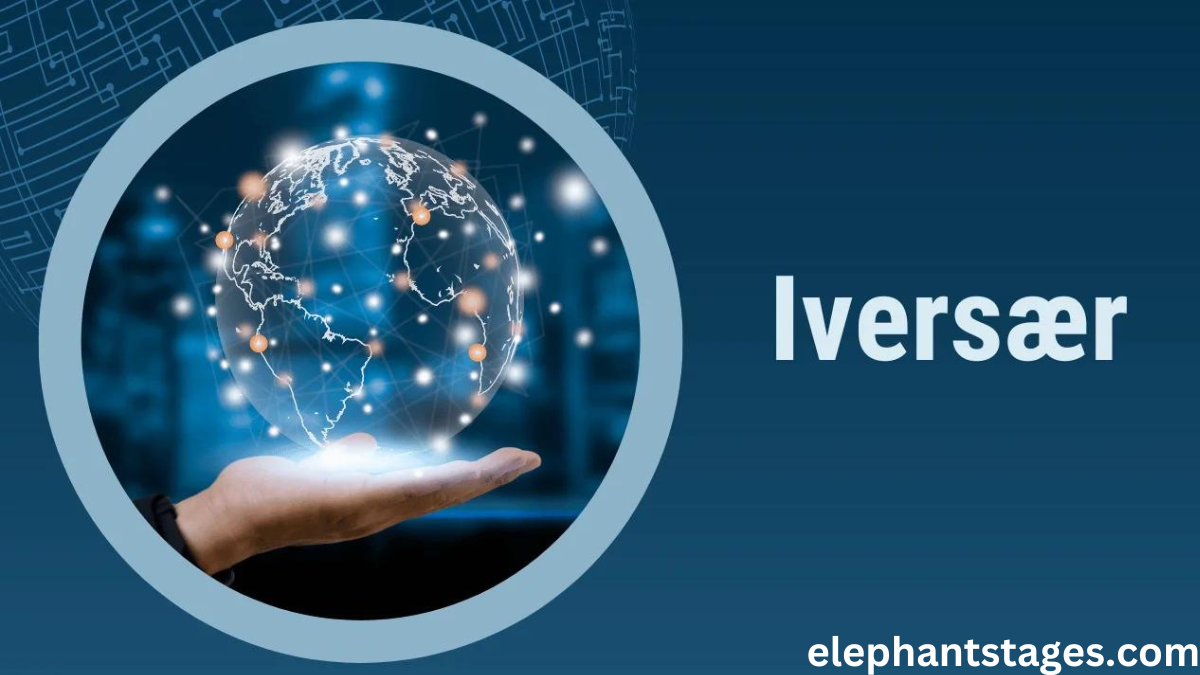
Introduction
In a world teeming with diverse cultures, unique perspectives, and varying backgrounds, the term “iversær” comes to the forefront as a beacon of unity and understanding. But what does iversær signify? How does it intertwine with the broader themes of diversity, inclusion, and human connection? This guide explores the essence of iversær, its real-world applications, and its potential to shape a vibrant and inclusive future.
Define “iversær”
Iversær is a concept that encapsulates the beauty of diversity, the richness of individual uniqueness, and the importance of fostering a sense of belonging among all people. Rooted in the idea that every person contributes to the intricate tapestry of humanity, iversær embraces differences as strengths rather than obstacles.
The Essence of Iversær
Core Values and Principles
At its core, iversær embodies values such as:
- Inclusivity: Welcoming all individuals irrespective of their backgrounds.
- Respect: Honoring the differences and unique qualities of each person.
- Empathy: Understanding and sharing the feelings of others.
- Equity: Ensuring fair treatment, opportunities, and advancement for all.
Importance of Individual Uniqueness
Every individual’s uniqueness contributes to a richer, more vibrant society. Recognizing and celebrating these differences fosters a sense of belonging and community, empowering people to bring their full selves to every aspect of life.
Contribution to Society
Iversær contributes to society by:
- Enhancing Creativity and Innovation: Diverse perspectives lead to more creative solutions and innovative ideas.
- Strengthening Communities: Inclusive communities are more cohesive, resilient, and supportive.
- Promoting Social Harmony: Understanding and empathy reduce conflicts and build stronger relationships.
Iversær in Action
Real-world Examples
- Communities: Neighborhoods that celebrate diverse cultural festivals, encouraging cross-cultural interactions.
- Organizations: Companies implementing diversity and inclusion programs that promote a diverse workforce.
- Cultures: Countries with policies supporting multiculturalism and integration.
Case Studies
- Tech Industry: Companies like Google and Apple investing in diversity initiatives, resulting in innovative products and inclusive work environments.
- Education Sector: Schools adopting inclusive curricula that reflect the diverse backgrounds of students, fostering a culture of acceptance and mutual respect.
Challenges and Opportunities
- Challenges:
- Resistance to Change
- Unconscious Bias
- Inequality and Discrimination
- Opportunities:
- Creating Inclusive Policies
- Promoting Cross-cultural Understanding
- Leveraging Technology for Inclusivity
Cultivating Iversær
Strategies for Individuals
- Self-Education: Learn about different cultures, histories, and perspectives.
- Active Listening: Listen to understand, not just to respond.
- Inclusive Behavior: Practice inclusivity in daily interactions, both personally and professionally.
Promoting Iversær in Organizations
- Inclusive Hiring Practices: Ensure diverse representation in the hiring process.
- Employee Resource Groups: Support groups that represent various demographics within the organization.
- Ongoing Training: Provide continuous education on diversity, inclusion, and equity.
Role of Education and Awareness
- Inclusive Curriculum: Integrate diverse perspectives into educational content.
- Awareness Campaigns: Run campaigns to educate the public about the importance of diversity and inclusion.
- Community Engagement: Involve communities in dialogues and activities that promote iversær.
Iversær and the Future
Shaping a Better World
The potential of iversær to shape a better world lies in its ability to bring people together, bridging gaps and fostering understanding. By championing diversity, we can create a more equitable and harmonious society.
Emerging Trends and Innovations
- AI and Inclusion: AI tools that help mitigate biases in hiring and decision-making processes.
- Global Collaboration: International partnerships focusing on global challenges through diverse perspectives.
Call to Action
Become a champion of iversær. Start by making small changes in your daily life, advocating for inclusivity in your community, and supporting policies that promote diversity and equity.
FAQs
1. What does “iversær” mean?
Iversær is a term that represents the celebration of diversity, inclusivity, and the unique qualities of each individual.
2. How can I promote iversær in my workplace?
You can promote iversær by implementing inclusive hiring practices, supporting employee resource groups, and providing ongoing training on diversity and inclusion.
3. Why is iversær important in education?
Iversær in education fosters a culture of acceptance and mutual respect, helping students appreciate diverse perspectives and build empathy.
4. What are some real-world examples of iversær?
Examples include diverse cultural festivals in communities, diversity initiatives in organizations like Google, and inclusive curricula in schools.
5. How can technology support iversær?
Technology can support iversær by providing AI tools that reduce biases, facilitating global collaboration, and offering platforms for inclusive communication.
YOU MAY ALSO LIKE
Ultimate Guide to Rssawee for Environmental and Adventure Enthusiasts
Conclusion
In summary, iversær is not just a concept but a way of life that enriches our society. By understanding its essence, witnessing its impact in action, and actively cultivating it in our lives, we can contribute to a world where everyone feels valued and included.
Tech
Harmonicode: Unveiling the Mystery of Music Through Play
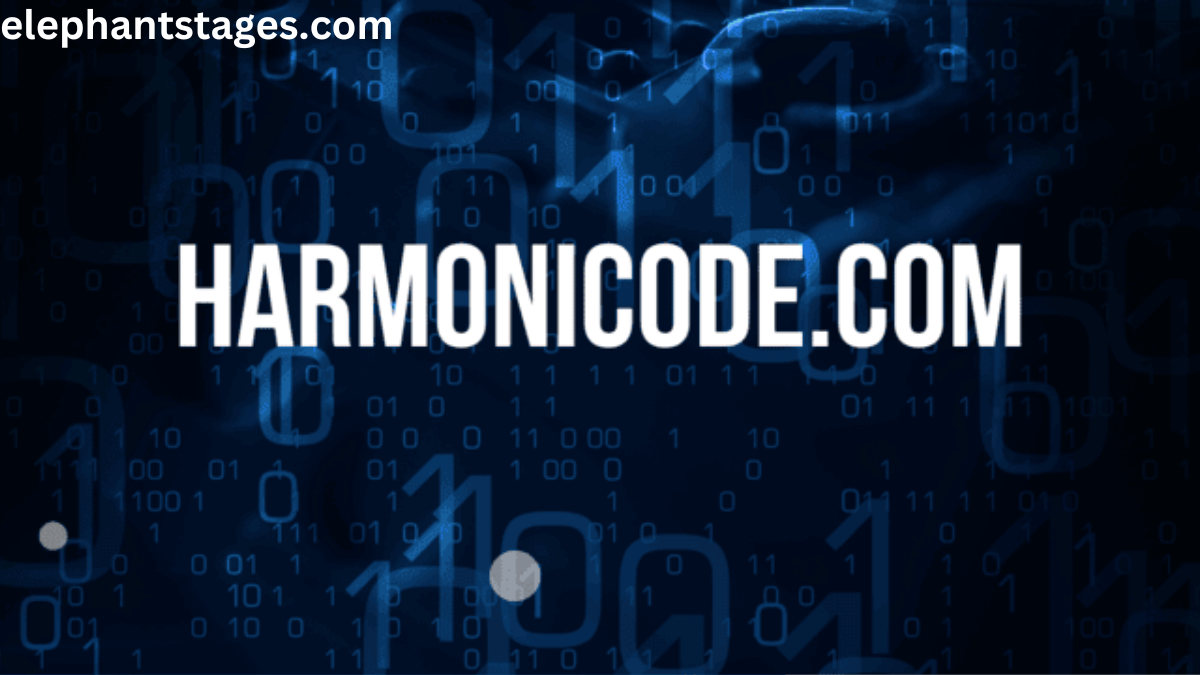
Introduction
Have you ever wondered how music is created? Is there a secret code that unlocks the magic of melodies? If these questions pique your curiosity, you’re in for a treat! Enter Harmonicode, a revolutionary product that makes learning music theory fun and engaging for all ages. Whether you’re an environmental enthusiast, an adventure lover, or a small business owner, Harmonicode has something to offer.
What is Harmonicode?
Category and Price
Harmonicode belongs to the Games category and is currently priced at US$120.00. The good news? It’s in stock and ready to bring a world of musical discovery right to your doorstep.
Functionality
Harmonicode is designed to teach music theory concepts in a playful and interactive way. It’s both a physical and digital product, offering a unique blend of tactile and online learning experiences. It transforms what can often be a dry subject into a fun, engaging activity.
Target Audience
Harmonicode is perfect for:
- Aspiring musicians of all ages
- Individuals who want to understand the building blocks of music
- Teachers looking for innovative ways to engage students
- Families wanting to learn together
How Does Harmonicode Work?
Gameplay/Usage
Harmonicode can be used as a game, a puzzle, or a musical instrument simulation. Here’s how to get started:
- Unbox Your Harmonicode Kit: Inside, you’ll find a set of beautifully designed cards and access to the Harmonicode digital platform.
- Setup: Follow the instructions to set up your physical or virtual game space.
- Begin Playing:
- Music Theory Fundamentals: Learn scales, chords, and intervals through interactive challenges.
- Interactive Gameplay: Engage with puzzles that require you to apply music theory concepts to progress.
- Track Progress: Use the built-in progress tracker to monitor your learning.
Key Features
Harmonicode stands out because of its unique features:
- Teaches Music Theory Fundamentals: Covers scales, chords, intervals, and more.
- Interactive and Engaging Gameplay: Keeps users motivated and eager to learn.
- Suitable for Various Skill Levels: Whether you’re a beginner or more advanced, Harmonicode adapts to your level.
- Additional Features:
- Progress tracking
- Challenges and rewards
- Community interaction
Benefits of Using Harmonicode
Enhanced Musical Understanding
- Strong Foundation: Develop a solid understanding of music theory.
- Skill Improvement: Improve your composition and performance skills.
- Deeper Appreciation: Unlock a deeper appreciation for music by understanding its building blocks.
Fun and Engaging Learning
- Less Intimidating: Makes learning music theory less daunting and more fun.
- Motivational: Interactive gameplay keeps you engaged and motivated.
- Family Activity: Suitable for all ages, making it a great family activity.
Social Proof and Credibility
User Testimonials
Don’t just take our word for it—here’s what some of our satisfied users have to say:
- Steve, USA: “I can’t believe that Harmonicode is free! It’s ideal for making sure all of my work is polished and professional.”
- Penny, Australia: “I use this product almost every day! The complex rephrasing component complements grammar products like Grammarly and LanguageTool really well. Great job!”
Awards and Recognition
Harmonicode has received several industry awards for its innovative approach to music education, reinforcing its credibility and effectiveness.
FAQs
- What is Harmonicode?
- Harmonicode is an interactive product designed to teach music theory concepts in a fun and engaging way, suitable for all ages and skill levels.
- How much does Harmonicode cost?
- Harmonicode is priced at US$120.00 and is available in stock, ready to bring musical discovery to your doorstep.
- Who is the target audience for Harmonicode?
- Harmonicode is perfect for aspiring musicians, individuals wanting to learn music theory, teachers, and families looking for a fun, educational activity.
- What features does Harmonicode offer?
- Harmonicode offers music theory fundamentals, interactive gameplay, progress tracking, challenges, rewards, and community interaction.
- How does Harmonicode enhance musical understanding?
- By providing a strong foundation in music theory, improving composition and performance skills, and fostering a deeper appreciation for music.
YOU MAY ALSO LIKE
Engaging Dental Websites: Best Practices for Attracting and Retaining Patients
Conclusion
Recap the Value Proposition
Harmonicode is not just a tool; it’s a gateway to unlocking the mysteries of music theory through play. With its interactive gameplay, comprehensive learning modules, and suitability for all ages, it’s the perfect addition to any music enthusiast’s toolkit.
Tech
Kannák – The Epitome of Strength and Functionality
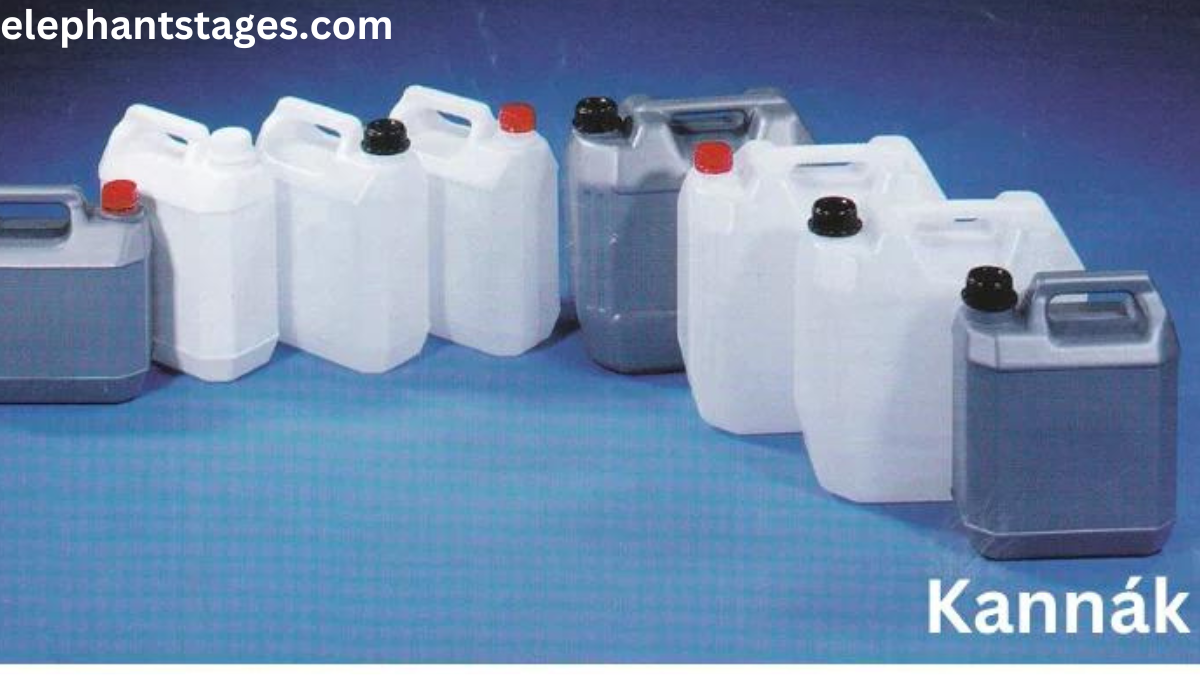
Introduction
Imagine a world where every tool, every piece of equipment, and every resource you use embodies the perfect balance of strength and functionality. What if there were a term that encapsulated this ideal? Enter Kannák.
What is Kannák?
Kannák, pronounced “kan-ak,” stands as a testament to the fusion of power and utility. Though the term may be unfamiliar to some, its implications are universally relevant. Kannák represents not just physical robustness, but also the relentless efficiency and effectiveness needed to overcome challenges and achieve success.
The Essence of Kannák
Strength
Physical Attributes
- Durability: Kannák is built to last. Whether it’s withstanding the harshest weather conditions or enduring rigorous use, Kannák remains unyielding.
- Resilience: Beyond mere durability, Kannák can bounce back from setbacks, maintaining its integrity and functionality.
- Resistance: Kannák is designed to resist wear and tear, corrosion, and other forms of degradation.
Metaphorical Strength
- Symbol of Power: Kannák isn’t just about physical strength. It symbolizes the power to push through obstacles and achieve greatness.
- Courage: Embodying Kannák means having the bravery to face challenges head-on.
- Determination: With Kannák, there’s an unwavering commitment to reach goals, no matter the difficulty.
Functionality
Practical Applications
- Versatility: Kannák can be used in various contexts, from everyday tools to specialized equipment.
- Efficiency and Effectiveness:
- Optimal Performance: Kannák delivers results with minimal effort and maximum impact.
- User-Friendly: Even the most complex versions of Kannák are designed for ease of use.
Kannák in Various Domains
Kannák in Adventure Gear
For adventure enthusiasts, Kannák could be the defining trait of their gear.
- Backpacks:
- Strength: Reinforced stitching, durable materials.
- Functionality: Multiple compartments, ergonomic design.
- Tents:
- Strength: Weather-resistant fabrics, sturdy poles.
- Functionality: Easy setup, compact storage.
Kannák in Small Business Tools
Small business owners often seek tools that exemplify Kannák.
- Software Solutions:
- Strength: Robust security features.
- Functionality: Intuitive interfaces, comprehensive analytics.
- Marketing Tools:
- Strength: Reliable servers, high uptime.
- Functionality: Customizable templates, user-friendly dashboards.
Kannák and Related Concepts
Comparisons
How Kannák differs from similar terms/products:
- Quality vs. Quantity:
- Kannák focuses on excellence, ensuring each product or resource is of the highest quality, whereas quantity-focused options may prioritize volume over value.
Complementary Elements
What enhances the capabilities of Kannák:
- Technological Integrations:
- Smart Features: IoT (Internet of Things) can enhance Kannák products, providing real-time updates and remote control capabilities.
- Sustainable Practices:
- Eco-Friendly Materials: Using materials that are both strong and environmentally friendly enhances the overall value of Kannák.
The Future of Kannák
Innovations
- Advanced Materials:
- Nanotechnology can further enhance the strength and durability of Kannák products.
- AI Integration:
- Predictive Maintenance: AI can predict when a Kannák product needs servicing, ensuring it remains functional for longer.
Trends
How Kannák aligns with current or future trends:
- Sustainability:
- Eco-conscious consumers are increasingly demanding products that are not only strong and functional but also environmentally responsible.
- Customization:
- Personalized Solutions: The future of Kannák includes bespoke products tailored to individual needs and preferences.
Five Most Searched FAQs on Google and Answers
- What does Kannák mean?
- Kannák symbolizes the perfect balance of strength and functionality, combining physical robustness with relentless efficiency.
- How is Kannák applied in adventure gear?
- In adventure gear, Kannák is embodied through features like reinforced stitching in backpacks and weather-resistant fabrics in tents.
- Why is Kannák important for small business tools?
- Small business tools with Kannák offer robust security and user-friendly interfaces, ensuring reliability and efficiency.
- What innovations enhance Kannák products?
- Innovations like nanotechnology and AI integration enhance the strength, durability, and predictive maintenance of Kannák products.
- How is Kannák related to sustainability?
- Kannák aligns with eco-conscious trends by using strong, environmentally friendly materials, catering to the growing demand for sustainable products.
YOU MAY ALSO LIKE
Why RAID Remains a Preferred Choice for Modern Data Centers
Conclusion
Kannák stands as a beacon of strength and functionality, applicable across various domains and essential for overcoming life’s challenges. From adventure gear to small business tools, Kannák ensures optimal performance and durability. As we look to the future, innovations in material science and technology will only enhance Kannák’s relevance and impact.
-

 News3 months ago
News3 months agoWhat Are the Biggest Challenges in Marine Construction Projects in Australia?
-

 Health4 months ago
Health4 months agoUnderstanding Ftmç: Gender-Affirming Surgery
-

 Fashion3 months ago
Fashion3 months agoAttractive Beach Dresses: Elevate Your Look with These Ideas
-

 Tech3 months ago
Tech3 months agoAiyifan: Unveiling the Genie of Technological Revolution
-

 Business3 months ago
Business3 months agoHow Professional Concrete Cleaning Wins Repeat Business
-
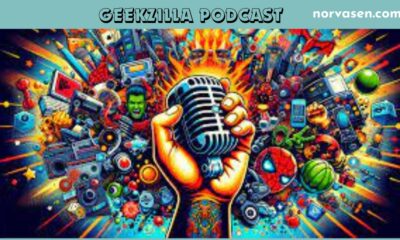
 Tech4 months ago
Tech4 months agoThe Ultimate Guide to the Geekzilla Podcast: Diving into the Heart of Geekdom
-

 Pets2 months ago
Pets2 months agoPawsitively Perfect: The Types of Dog Harness Bundle for Your Furry Friend
-

 Health3 months ago
Health3 months agoDesk Job Dilemma: Tips for Back Pain Relief
